Nuro has an official stamp of approval to start its paid delivery service with autonomous vehicles, according to California DMV.
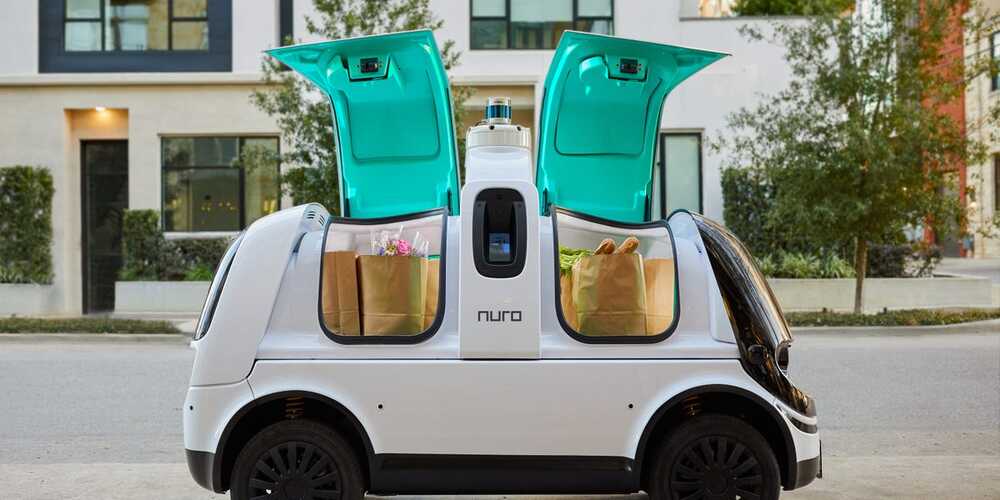

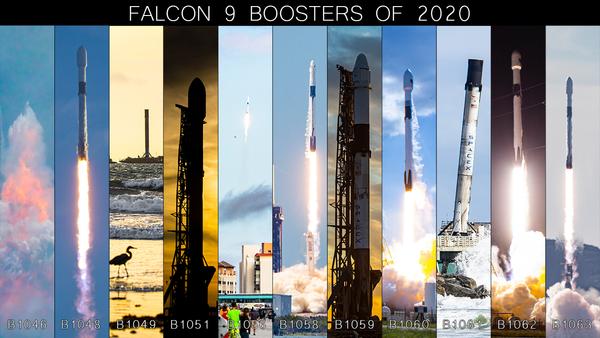
SpaceX’s fleet of reusable Falcon 9 rockets enabled it to conduct more missions in 2020 than ever before. SpaceX completed a record-breaking launch manifest this year, it conducted 26 rocket launches –the most annual launches it has performed in history. Rocket reusability has played a significant role in increasing launch cadence. Falcon 9 is capable of launching payload to orbit and returning from space to land vertically on landing pads and autonomous droneships at sea. To date, SpaceX has landed 70 orbital-class Falcon 9 boosters and reused 49. This year the company accomplished flying two particular rocket boosters 7 times. Engineers aim to reuse a first-stage booster at least 10 times to reduce the cost of spaceflight. The most reused Falcon 9 rockets that reached 7 reflights this year are two first-stage boosters identified as B1051 and B1049. SpaceX is just three flights away from achieving 10 reflights. SpaceX officials state Falcon 9 [Block 5] is designed to perform up to 100 reflights.
Stephen Marr, a spaceflight photographer who goes by the name @spacecoast_stve on Twitter, shared a photo collage of all the Falcon 9 boosters used in 2020, “SpaceX carried out a record-breaking 26 launches this year, but how many boosters did it take to get it done? The answer is 11. And here they are!” he wrote. SpaceX founder Elon Musk replied to Marr’s tweet –“Falcon was 25% of successful orbital launches in 2020, but maybe a majority of payload to orbit. Anyone done the math?” he said.
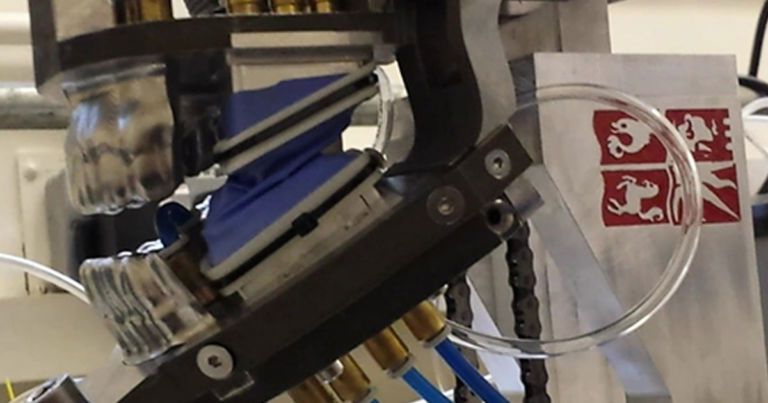
The Russian armed forces’ modernization drive is in full swing, with multiple new weapons entering service and mass production in the coming year and beyond. Here’s a look at some of the new hardware.
In 2021, Russia’s Strategic Missile Forces will receive the new RS-28 Sarmat – liquid-fueled, MIRV-equipped heavy intercontinental ballistic missiles that will replace the R-36M2 Voevoda systems.
Sarmat can effectively hit targets within 18000 km, which is enough to reach virtually anywhere on Earth. In addition, the missile has a short boost phase, which makes it hard for a potential adversary’s air-defense systems to intercept it midcourse.
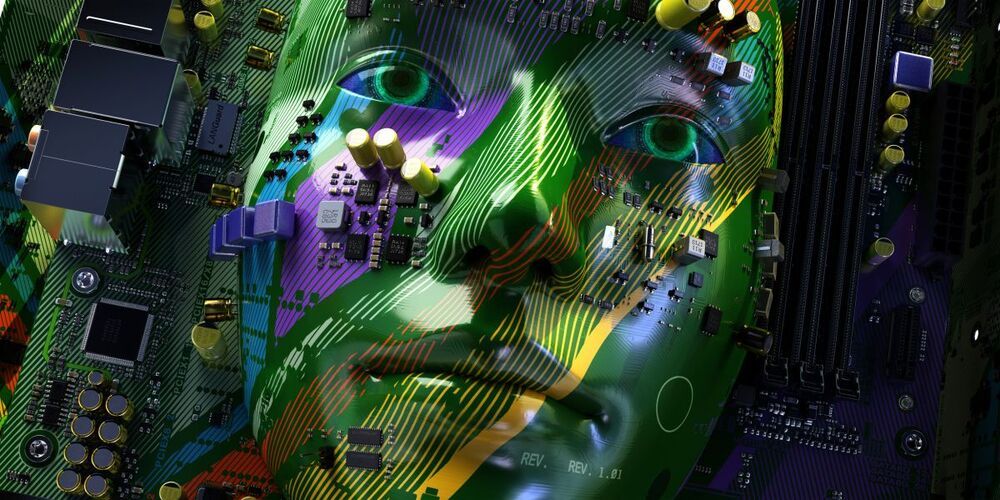
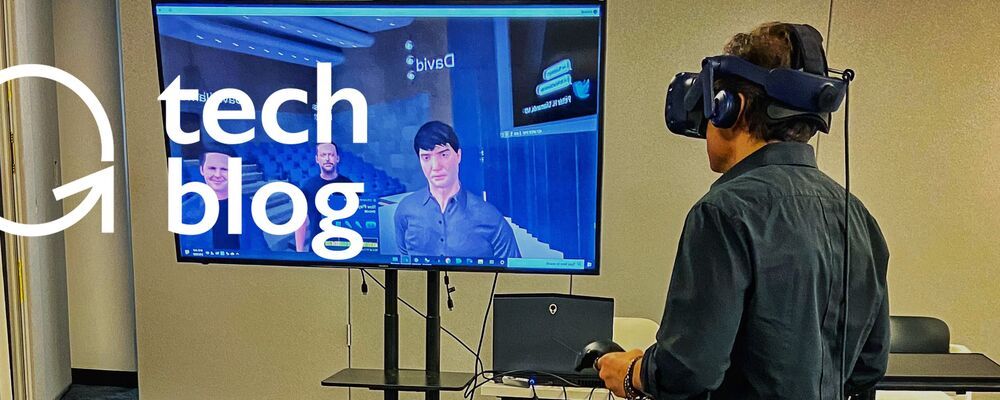
In 2016, combined venture investments in VR, AR, and mixed reality (MR) exceeded $1.25 billion. In 2019, that number increased more than 3X to $4.1 billion. And today, major players are bringing new, second-generation VR headsets to market that have the power to revolutionize the VR industry, as well as countless others. Already, VR headset sales volumes are expected to reach 30 million per year by 2022. For example, Facebook’s new Oculus Quest 2 headset has outsold its predecessor by 5X in the initial weeks of the product launch. With the FAANG tech giants pouring billions into improving VR hardware, the VR space is massively heating up. In this blog, we will dive into a brief history of VR, recent investment surges, and the future of this revolutionary technology.
“Virtual reality is not a media experience,” explains Bailenson. “When it’s done well, it’s an actual experience. In general our findings show that VR causes more behavior changes, causes more engagement, causes more influence than other types of traditional media.”
Nor is empathy the only emotion VR appears capable of training. In research conducted at USC, psychologist Skip Rizzo has had considerable success using virtual reality to treat PTSD in soldiers. Other scientists have extended this to the full range of anxiety disorders.
VR, especially when combined with AI, has the potential to facilitate a top shelf traditional education, plus all the empathy and emotional skills that traditional education has long been lacking.
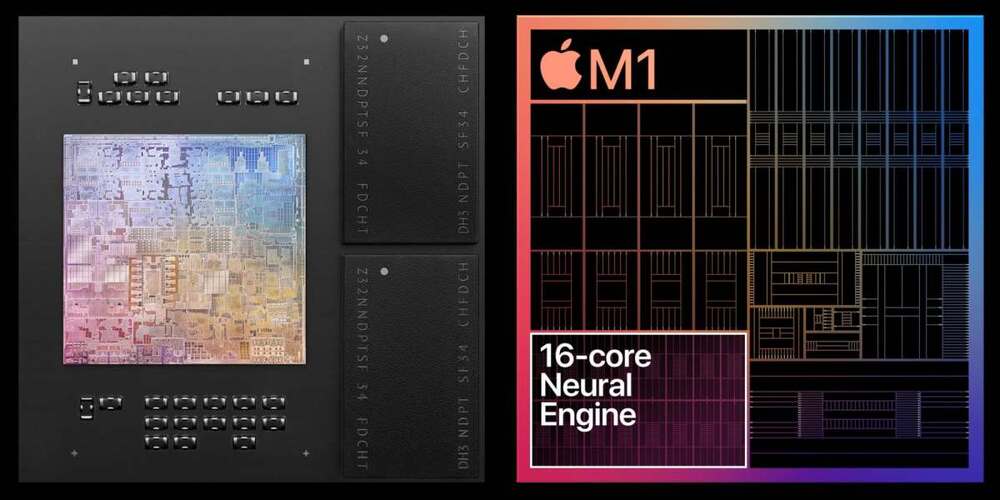
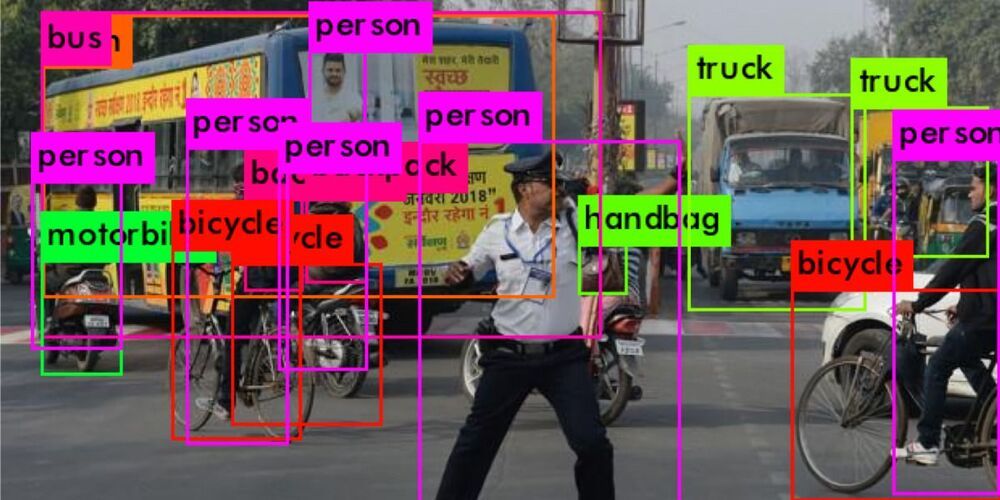
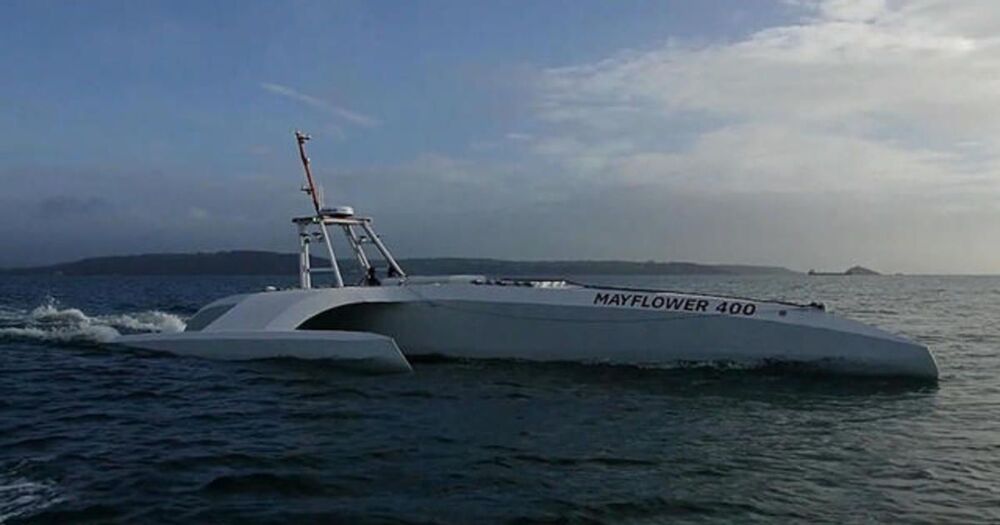
To commemorate the anniversary, another vessel is recreating that voyage, with the help of artificial intelligence.
“We don’t know how it’s going to go. Is it going to make it across the Atlantic?” software engineer and emerging technology specialist Rosie Lickorish told CBS News’ Roxana Saberi. “Fingers crossed that it does have a successful first voyage.”
The vessel, docked in the harbor of Plymouth, England, will rely on the latest navigation technology when it sets out to sea — but it won’t be carrying a crew or captain.
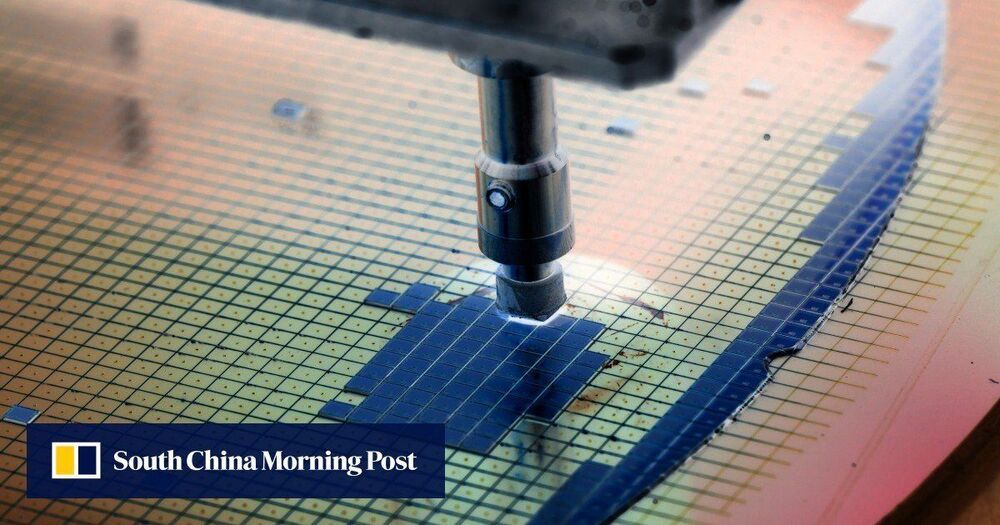
To that end, a large number of overseas trained and educated Chinese nationals have heeded the call and returned to China to establish start-ups in the semiconductor field, ranging from electronic design automation (EDA) software and IC design to silicon foundry and wafer processing equipment.
Many overseas trained and educated Chinese nationals have returned to China to establish start-ups in the semiconductor field, ranging from IC design to chipmaking tools. Here are 10 of them.